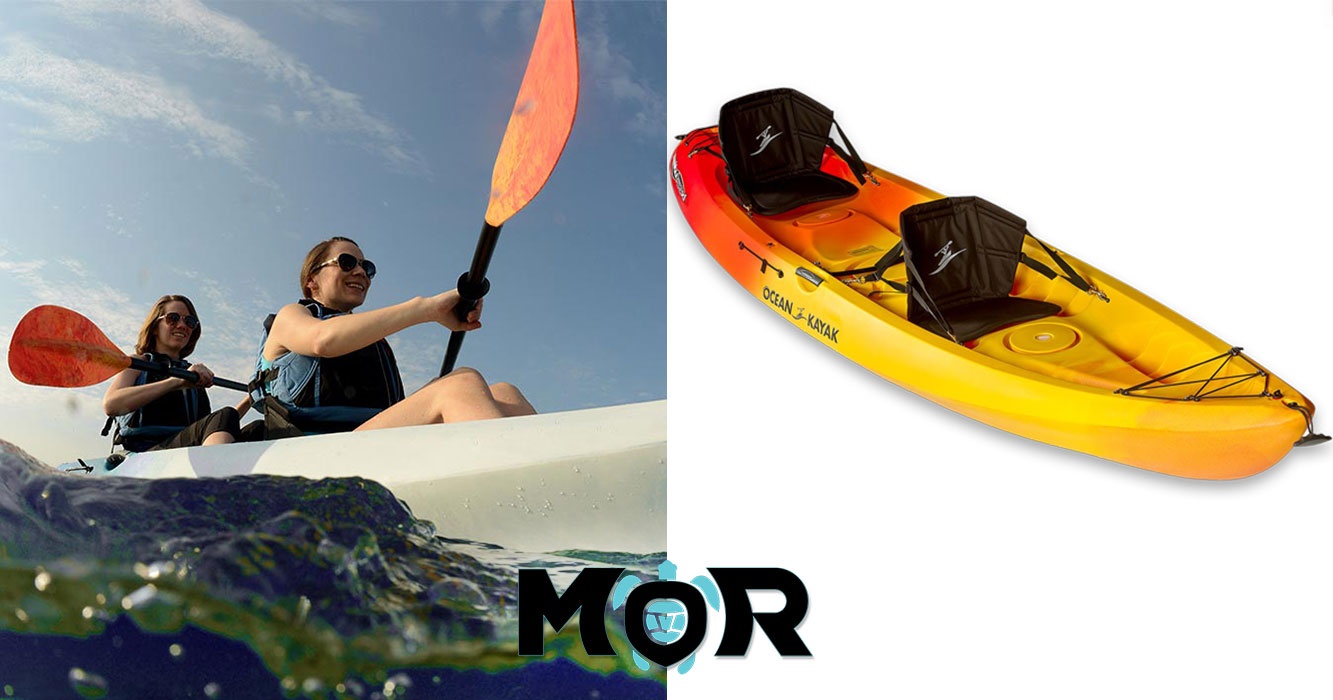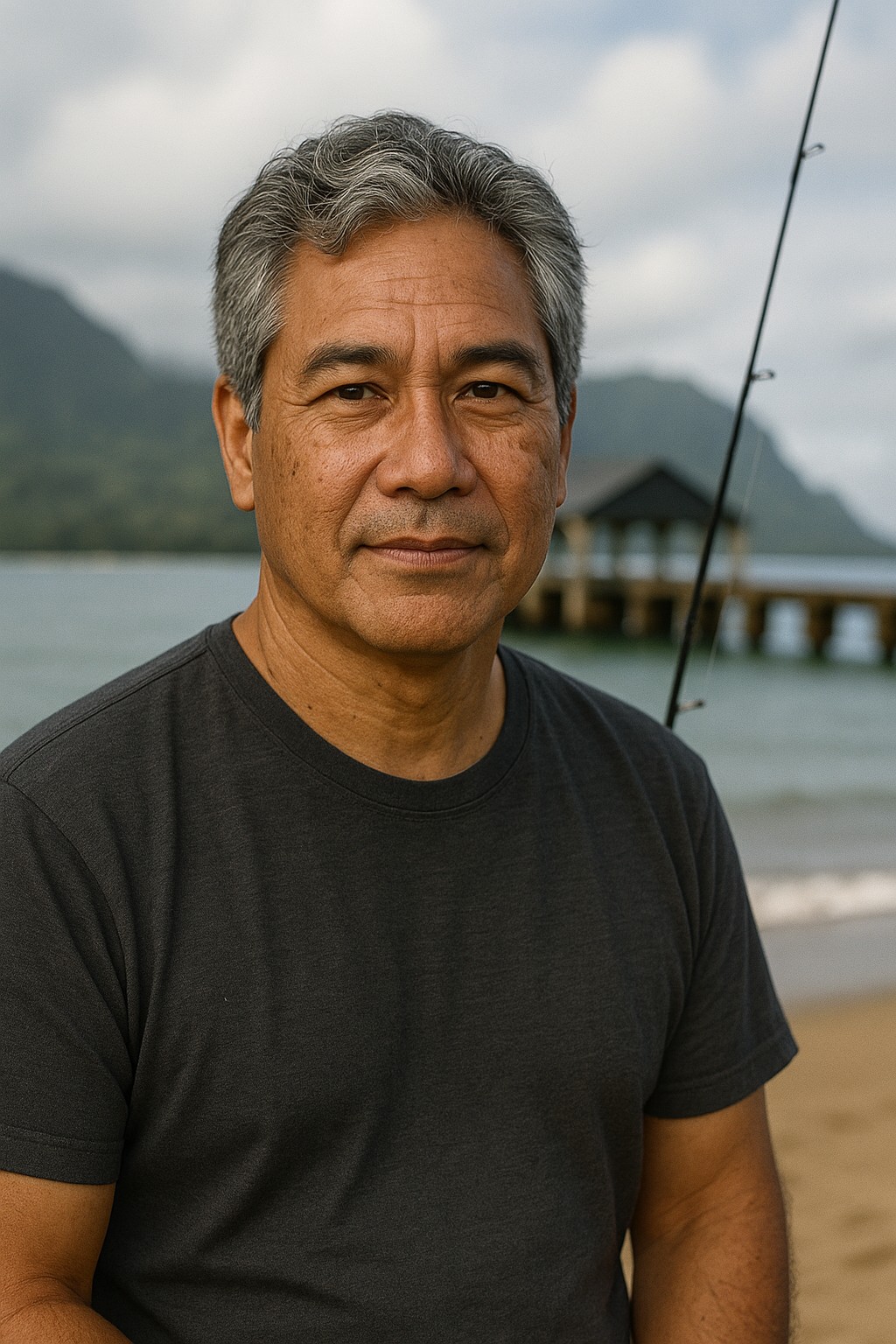
.NqGFVS2I_ZeidDL.webp)
Early Life & Transformation
From a Broken Board to a Broken Man—The Pain That Sparked a Cultural Renaissance

Written by a Native Storyteller
Kalani MillerA Memory in Smoke and Wood
Picture Kailua in the 1960s. Eight-year-old Tom Stone wanted what every keiki his age dreamed of—a shiny new fiberglass surfboard. The modern boards were fast, light, and everything the old ways were not. His father, a police officer working hard to support his family, couldn't afford such luxury.
Instead, Tom's dad offered something else. For a full month, the boy watched his father carve a surfboard from wood, using the same methods their Hawaiian ancestors had perfected over centuries. Each stroke of the tools carried love, tradition, and hope.
When his father finally presented the finished board, Tom felt crushing disappointment. It was heavy, old-fashioned, and nothing like the sleek boards his friends rode. "I told my dad I hated it. I didn't want it," Tom recalls, the pain still fresh after all these years.
The Fire That Changed Everything
His father's reaction was swift and heartbreaking. In a flash of hurt, he took the board his hands had so carefully shaped, broke it, and threw it into the fire pit. The flames consumed months of work in minutes.
That image—his father's board turning to ash and smoke—became a ghost that would follow Tom through spectacular highs and devastating lows. The fire didn't destroy a legacy. It sparked a lifelong search to understand "that essence of what surfing really is about—tradition."
This painful memory reflects something much bigger than one family's hurt. Tom's rejection of his father's handmade board for a mass-produced one mirrors the pressure many Native Hawaiians felt to abandon their roots for Western ideals. His father's pain shows the deep wound that opens when a culture sees itself thrown away by its own children.
The Waterman's Contradiction
Before Tom could find his way back to tradition, he had to navigate a world full of contradictions. In the early 1970s, he was making waves on the North Shore of Oʻahu—a "stylish goofyfooter" earning respect in the legendary breaks of Pipeline.
He was living the dream, a celebrated waterman in the paradise where he was born. But success came with a price. He was thriving in a sport that, while born from Hawaiian creativity, was becoming more commercialized and dominated by Western values.
🌺 The Paradise
Part of his life was surrounded by beauty and pride, surfing in the paradise where he was born, respected as a skilled waterman on legendary waves.
⚡ The Frustration
Another part was surrounded by a world of frustration, where his native culture was cast aside as backwards and ignorant.
This created deep internal conflict. This tension wasn't his alone. Many Native Hawaiians of his generation watched their heritage get packaged and sold while their real connection to the land and traditions got pushed aside.
📅 Key Timeline
- 1960s: Childhood in Kailua
- Age 8: The broken board
- Early 1970s: North Shore surfer
- Later 1970s: Dark path begins
- Prison: Rock bottom
🔄 The Turning Point
- Drug bust & smuggling
- Prison sentence
- Discovery of books
- Decision to change
🌊 Cultural Context
Modernization vs. tradition
Commercialization pressure
Push for Western values
Rock Bottom: The Path to Redemption
The unresolved conflict led Tom down a dark path. The pro surfing world of that era had many dangers, and Tom fell into its worst currents. His life took a dramatic turn after a drug bust, which included smuggling cocaine from Hawaiʻi to California in hollowed-out surfboards. He ended up in prison.
This was rock bottom—the point where the contradictions in his life became too much to bear. But it was in that prison cell where his long journey back to the board, back to his culture, and back to himself would begin.
The Dark Current
The same forces that commercialized surfing brought dangerous temptations that pulled many talented surfers into destructive paths.
The Spark of Hope
In prison, he "found books and higher learning," planting seeds for a new path grounded in education and cultural reconnection.
Sometimes we must be completely broken before we can be whole.
Tom's journey shows us that even in our darkest moments, the seeds of transformation can take root. His father's burned board would eventually rise from the ashes as a powerful symbol of cultural healing and renewal.

